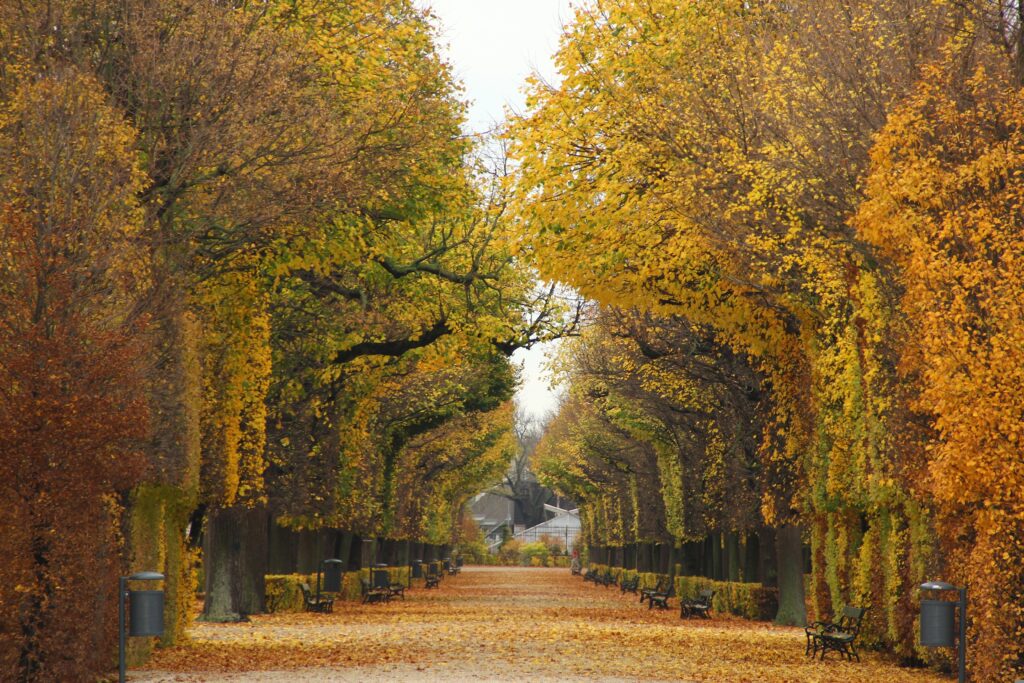The Ecological and Urban Future in Vienna: Understanding the Priorities of EU Policies (a personal reflection)

DOI reference: 10.1080/13673882.2024.12466431
By Efthymios Spyridon Georgiou (email)
Creating sustainable and green urban environments has emerged as a significant contemporary challenge. Over the last few decades, Vienna has taken strides toward incorporating green architecture and urbanism into its city planning. This includes the redesign of significant avenues and pedestrian walkways and the implementation of efficient transportation systems. Additionally, there has been a strong emphasis on preserving traditional buildings and integrating green spaces. Collaboration among citizens, government agencies, academic institutions, and the public sector is vital in steering Vienna towards a more sustainable future. These efforts give rise to numerous benefits and make the city greener and more environmentally sustainable.
Citizen’s level
- Integrating pedestrians into the city and implementing functional transport systems have created a safe, comfortable, calm, healthy, and happy social-ecological environment. The citizens feel a sense of security and peace when they see their social life ‘greening’. According to Marcus Johansson and Terry Hartig, the feelings of time pressure decrease significantly during a walk in the park compared to a walk on the street. Revitalization also increases, particularly during a solo walk in the park, but it increases even more during a walk along the streets with a friend.
- Vienna’s tourist flows have increased over the last decades. The official statistics of the City of Vienna, Figure 1, show this characteristic.
Figure 1: Tourist Statistics of Vienna, Source: City Vienna
| Value | Time / period |
Change to the previous year | Change compared to 10 years ago | |
| Tourist overnight stays | 17,261,126 | 2023 | +30.7% | +35.7% |
| 4,904,942 | January to April 2024 | +9.3% | – |
European Union environmental actions
One of the priorities and actions in the European and national governance agenda is a greener and more sustainable European future. Each state member needs to be harmonized in the democratic political direction. Austria is a member of the Life Program, whose purpose is to protect the environment and the climate. The program included some goals:
- Nature and biodiversity
- Circular economy and quality of life
- Climate change mitigation and adaptation
- Clean energy transition
Due to the Sustainable Governance Indicator, Austria is:
- # 17 position in Environmental Policies,
- # 14 position in Environment,
- # 27 position in Global Environmental Protection
Recommendations for practice
- Understanding the environmental problem by measuring the current and future conditions and creating environmental indexes. This involves the participation of organizations, private sectors, and academics.
- Using digital cartographical products to tackle environmental issues, such as using a slope raster for flood mitigation and a Digital Elevation Model (DEM) to address various environmental factors like temperature, air conditions, agricultural land, urban fabric, and stream network.
- Visualizing historical ecological progress through digital means, such as figures, photos, videos, animation, tables, and documentaries, can aid in a better understanding of the region.
- Promoting a volunteering spirit for environmental protection, emphasizing the shared responsibility of all citizens in making environmentally conscious decisions in democratic societies.
In conclusion, greening social life benefits citizens. The ecological impact is crucial in business, home life, travel, transport, food, land cultivation, and healthy body care. Society needs to observe the situation holistically and thoughtfully because the natural environment is the general frame affecting citizens’ lives daily. Cultivating dialogue between the stakeholders about green solutions for a better future is essential.
References
Johansson, M., Hartig, T., & Staats, H. (2011). Psychological benefits of walking: Moderation by company and outdoor environment. Applied Psychology: Health and Well‐Being, 3(3), 261-280.
Georgiou, E. S. (2023). Tourism flows in Venice: A personal perspective. Regions e-zine.